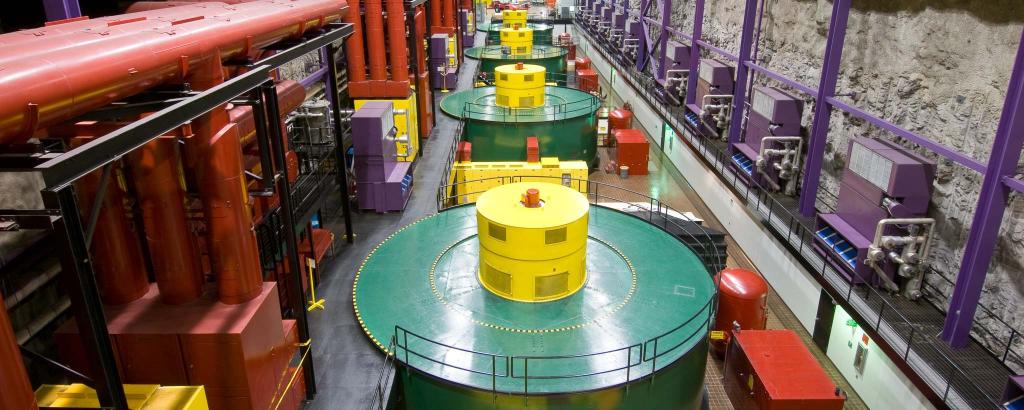2024-02-05 ノースカロライナ州立大学(NCState)

Yarn-shaped supercapacitors created by NC State researchers in the Wilson College of Textiles. Photo courtesy of Nanfei He, NC State University.
◆北カロライナ州立大学の研究者たちは、「糸状超キャパシタ」(YSC)と呼ばれる糸状のエネルギー蓄積技術の最適な長さを特定しました。研究によれば、40-60センチのYSCが最も効率的で、最も高いエネルギーフローを提供することが示されました。これは、エネルギー量だけでなく、内部抵抗にも影響を及ぼすトレードオフであると述べられています。
◆今後、衣類に統合できるYSCを開発する大きな取り組みの一環として、特に軍事用途が初期の応用として想定されています。技術の信頼性と安全性の向上が課題であり、それがクリアされると、衣類に多様な機能を追加できる可能性があります。
<関連情報>
- https://news.ncsu.edu/2024/02/new-study-finds-sweet-spot-for-length-of-yarn-shaped-supercapacitors/
- https://www.sciencedirect.com/science/article/abs/pii/S0378775324000181?dgcid=author
ヤーン型スーパーキャパシタのモデリング – 長さ依存の出力を解明する Modeling of yarn-shaped supercapacitors – Unraveling its length dependent output
Nanfei He, Xi Zhang, Junhua Song, Feng Zhao, Wei Gao
Journal of Power Sources Available online:18 January 2024
DOI:https://doi.org/10.1016/j.jpowsour.2024.234067
Abstract
Yarn-shaped energy-storage devices are promising power sources for electronic textiles, since they carry the possibility to be seamlessly integrated into various fabrics. The energy/power outputs of these devices are inevitably a function of their lengths, the dependence on which is yet to be thoroughly explored. Despite numerous research on yarn-shaped supercapacitors (YSCs) and batteries, the correlation between yarn length and their electrochemical output remains ambiguous, and sometimes even controversial. Herein, a dual transmission-line model for YSCs is created and used to fit the electrochemical impedance spectra (EIS) of YSCs ranging from 10 cm to 300 cm in length. The evolution of equivalent series resistances, electrolyte diffusion resistances and capacitances of YSCs as yarn length increases is investigated. Given the structure and components of YSCs used in this study, a favorable length range of 40–60 cm has been identified to achieve the best electrochemical performance, including the lowest internal resistance and the highest specific capacitance, where the highest energy and power densities sit. The mathematical model introduced in this work provides a reasonable description of the electrochemical behaviors of YSCs in different yarn lengths, offering a theoretical foundation to guide the design of these devices for specific application scenarios.



